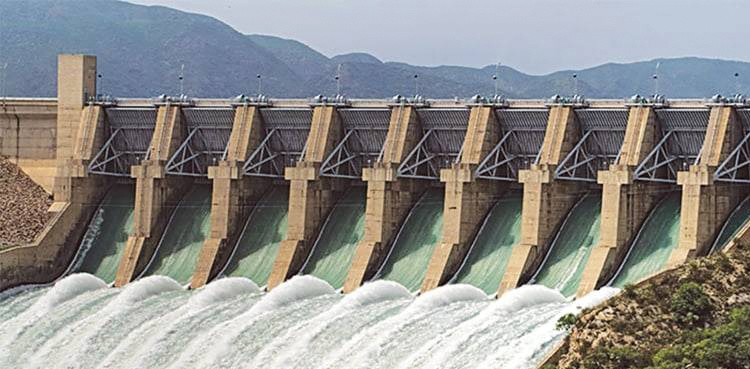ISLAMABAD: At a record-breaking cost of Rs1.7 trillion, or $6.2 billion, the government on Friday recommended approval of the revised Dasu hydropower project, making it the most costly hydropower project in the history of the country and raising concerns about the “astronomical increase” of 240% in cost.
The apparently cheapest water-based power generation project now costs Rs8.79 per unit, a huge increase of Rs1.3 trillion over its initial price estimate. In order to finish it, billions of dollars in new foreign borrowing will be needed, making it the most costly hydro project in the country’s history.
According to a Ministry of Planning announcement, the “revised Dasu Hydropower Project (Stage-I)” worth Rs1.74 trillion was taken up by the Central Development Working Party (CDWP), which was chaired by Minister for Planning Ahsan Iqbal. The CDWP then referred the project to ECNEC “subject to WAPDA rationalizing the costs and answering the queries.”
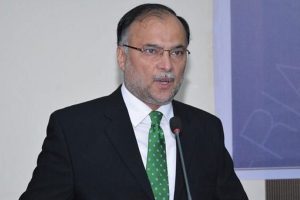
Even though the minister “expressed serious concern on massive cost escalation from the original Rs479 billion to almost Rs1.73 trillion due to delays and mismanagement in the project,” he decided to submit the plan for final approval with a few comments to the Executive Committee of the National Economic Council (ECNEC).
Iqbal, according to the planning ministry, “directed third-party validation of the astronomical increase in the revised PC-I.” With a per-megawatt cost of Rs236 million, the project was initially approved in 2014 for a mere Rs486 billion.
The cost per megawatt after the hike is Rs804 million, while the Tarbela Fifth Hydropower Project is Rs148 million.
The plan for the ultimate approval of the ECNEC, which would be presided over by Deputy Prime Minister Ishaq Dar, was tentatively approved by the PML-N government.
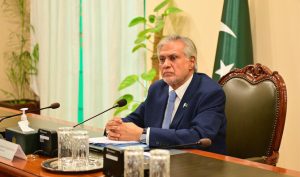
The project’s $6.2 billion cost is now nearly comparable to the $6.7 billion required to construct a railway track as part of the China-Pakistan Economic Corridor (CPEC) from Karachi to Peshawar.
Iqbal blamed the “substantial cost escalation to Rs1.73 trillion to mismanagement and delays and lack of progress during the previous government.”
The minister of finance “took notice of the fact that despite ECNEC directions to appoint an independent full-time project director for each project over Rs3 billion, WAPDA didn’t appoint an independent project director for the Dasu project.”
However, the minister decided to forward the proposal to ECNEC despite the fact that “it was also pointed out that there was no professional chief finance officer for the project,” The planning ministry said, “The minister asked how WAPDA is running a project of this magnitude without a qualified and competent CFO,” but he nevertheless consented to clear it.
“The minister was angry to learn that WAPDA had awarded a contract for the construction of a 66-kilometer Karakoram Highway section in foreign currency.”
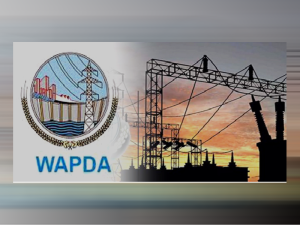
WAPDA was unable to provide a suitable response to his question regarding the reason for the road building project’s use of foreign currency. He did, however, conditionally approve the proposal, requiring WAPDA to provide answers to his inquiries.
Iqbal referred to awarding contracts for road projects in foreign currencies as “criminal negligence.” Additionally, it was noted that WAPDA had altered the design and spent money without CDWP and ECNEC’s consent. It further stated that the minister asked WAPDA for an explanation.
Iqbal emphasized how crucial the Dasu hydroelectric project is strategically for Pakistan’s food and water security.
The CDWP was informed that the government now need extra international and local loans due to the anticipated 2,160 MW rise in Stage-I costs. WAPDA was negotiating a massive $1 billion new loan with the World Bank, the meeting was told. A combination of costly and concessional loans will make up the $1 billion credit. The project already has a $517 million financing from the World Bank.
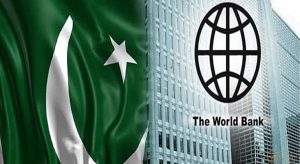
Additionally, the government will use World Bank guarantees to get a $400 million foreign commercial loan. Additionally, it will look for domestic commercial loans totaling Rs 350 billion.
WAPDA is going to contribute Rs289 billion in equity. Of that, Rs98 billion has already been paid by WAPDA against interest during construction, and Rs191 billion will be utilized to fund the project’s cost. 10% is the assumed rate of return on equity.
The Panel of Experts and the consultants have suggested that the dam be 242 meters high and made of roller-compacted concrete. On the left bank of the Indus River, in an underground cavern, is the powerhouse. Improving the Indus River Basin’s water resource management and investment planning is the project’s primary development goal. PC-I spending began in 2013–14 and have grown to a total of Rs317 billion through 2023–24.
The building of Stage I, which also involves pre-construction, resettlement, and land acquisition, has been funded by the World Bank.
With a 2,160 MW capacity, Stage-I was originally scheduled to go online in five years. However, because of problems with land acquisition and an expansion of the project’s scope, the project was not finished by the deadline and had to be extended until 2029.
The cost of land acquisition, resettlement, and pre-construction activities like building a 132 kV transmission line from Dubair Khwar HPP to Dasu, relocating KKH, building the project O&M staff colony, and building a right bank access road from Komila to the Dasu Dam site are all included in the second revised PC-I, which has been prepared for updating the construction of Stage-I (2,160 MW) of Dasu HPP.
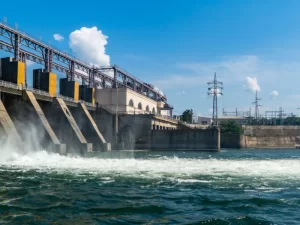
As of now, 23.6% of the work has been finished on the main hydraulic structure, spillway, low-level outputs, river diversions, and hydraulic structures; completion is anticipated in 2028. Only 15% of the tunnels, hydraulic steel structures, and underground power complex are finished.
For the latest updates and insights on new developments, visit the NEWSON
Q1. What is the current cost of the Dasu Hydropower Project?
The revised cost of the Dasu Hydropower Project is a record-breaking Rs1.7 trillion ($6.2 billion), making it the most expensive hydropower project in Pakistan’s history.
Q2. Why did the cost of the Dasu Project increase so drastically?
The cost escalated by 240% from its original estimate due to delays, mismanagement, and project design changes. It rose from Rs479 billion to over Rs1.7 trillion.
Q3. Who is funding the Dasu Hydropower Project?
Funding comes from multiple sources including:
-
World Bank ($517 million committed, $1 billion in negotiation)
-
Foreign commercial loans ($400 million)
-
Domestic commercial loans (Rs350 billion)
-
WAPDA equity (Rs289 billion)
Q4. What is the expected electricity generation from Stage-I of the Dasu project?
Stage-I of the project is expected to generate 2,160 megawatts (MW) of electricity.
Q5. When will the Dasu Hydropower Project be completed?
Although initially targeted for completion within five years, the project is now expected to be completed by 2029 due to scope expansions and land acquisition delays.
Q6. What is the per-unit electricity cost of the Dasu Project now?
The updated cost per unit of electricity is Rs8.79, significantly higher than the earlier estimate.

